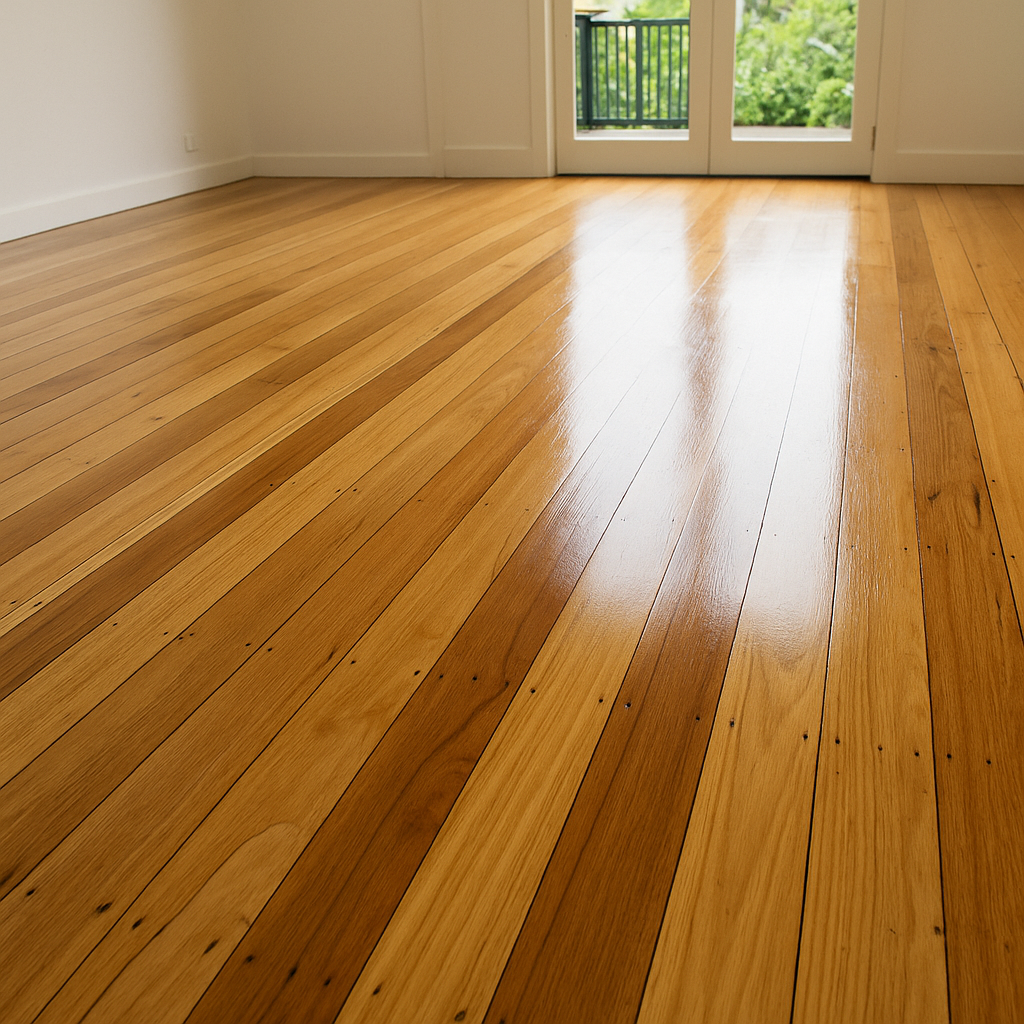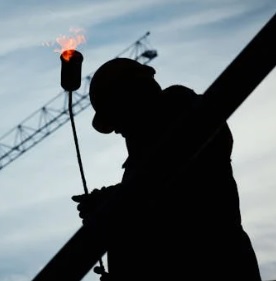Timber floors are a standout feature in many homes across Sydney’s Eastern Suburbs. From Bondi to Bronte, these floors carry the charm of heritage, the warmth of home, and the wear of years gone by. When surface damage, fading, or dullness starts to show, floor sanding is often the first and most effective solution.
But floor sanding is not just about polishing timber to a shine. It’s a detailed process that revives, protects, and enhances your property’s most used surface.

What Exactly Is Floor Sanding?
Floor sanding is a mechanical process that removes the top layer of a timber floor using specialised sanding equipment. This eliminates old finishes, minor dents, scratches, and any uneven surfaces. Once sanded, the fresh timber is sealed with a protective coating to improve durability and aesthetic appeal.
For homeowners in the Eastern Suburbs, where climate, coastal air, and high foot traffic all play a role, professionally managed sanding helps extend the life and value of your floors.
Why Eastern Suburbs Homes Need Floor Sanding
Eastern Suburbs properties often feature hardwood flooring – from classic Sydney blue gum to spotted gum or blackbutt. These woods are prized for their appearance and resilience, but even the toughest timber wears down over time. Floorboards near windows or balconies are especially vulnerable to UV damage and moisture fluctuation.
Sanding your floors restores their visual appeal, removes allergens caught in cracks, and creates a smoother surface that’s easier to clean and maintain.
What Happens During a Floor Sanding Service?
A typical sanding and finishing service includes:
- Inspection and prep: Assessing timber type, damage, and finish.
- Sanding with graded abrasives: Starting with coarse grit to remove heavy imperfections, and finishing with finer grit for a smooth surface.
- Filling: Addressing any gaps, nail holes or minor damage using timber-coloured filler.
- Finishing: Application of your preferred finish (e.g. polyurethane, water-based, or hardwax oil) to seal and protect.
Each step requires precision. A poor sanding job can cause irreversible gouges or leave swirl marks. That’s why Eastern Suburbs residents often rely on experts like Glen Gilbertson Floorsanding for quality outcomes.
Choosing the Right Finish for Your Home
The final result hinges largely on the type of finish selected. Here are the most popular:
- Water-based polyurethane – Quick drying, low odour, and offers a clear, non-yellowing look. Ideal for modern interiors.
- Oil-based polyurethane – More durable and warm-toned, but takes longer to dry and releases stronger fumes.
- Hardwax oils – Natural look with easy spot repair, though may require more frequent re-coating.
Timber species, lifestyle, and design preferences all influence the best finish for your project.
Spotlight on Glen Gilbertson Floorsanding
Based in Sydney’s East, Glen Gilbertson Floorsanding is a long-standing name in timber floor restoration. With over 25 years of hands-on experience, Glen and his team have worked on everything from coastal apartments to heritage homes.
What sets them apart?
- Local knowledge of Eastern Suburbs housing types and timber characteristics
- State-of-the-art dustless sanding systems
- Honest, personalised service without subcontracting
- Long-term client relationships and repeat referrals
Homeowners searching for a trusted provider often turn to Glen Gilbertson Floorsanding to deliver high-quality, durable results.
Common Issues Floor Sanding Can Fix
A professional sanding service may resolve:
- Pet damage and deep scratches
- Water stains or white spots from furniture
- Old coating or wax build-up
- Creaking or uneven patches
- Faded, UV-affected areas
Rather than replacing an entire floor, sanding is a far more economical and sustainable solution. It’s particularly valuable in older homes where the timber is no longer widely available.
How to Maintain Your Floors After Sanding
Once your floors are looking fresh, a few habits can keep them that way:
- Sweep regularly to prevent dirt build-up
- Use soft-bristled vacuums and avoid wet mops
- Fit felt pads under furniture legs
- Avoid wearing stilettos or cleats indoors
- Place rugs in high-traffic zones
You may also consider following cleaning routines like the ones discussed in Blogrip’s home care guides, which often include practical maintenance tips for polished timber surfaces.
DIY vs Professional Floor Sanding: What’s Worth It?
While some homeowners attempt sanding as a DIY job, it’s rarely worth the risk. Hire equipment may not be calibrated properly, and a single misstep can leave permanent marks or uneven surfaces.
Professionals not only bring experience but also high-grade machinery and technical understanding of timber behaviour. Plus, they’ll complete the job faster, cleaner, and with a warranty on workmanship.
If you’re unsure whether to go the DIY route, this Blogrip comparison of renovation services can help weigh up cost, time, and quality factors.
When Is the Right Time to Sand Your Floors?
There’s no strict timeline, but some signs include:
- Dull, cloudy finish
- Persistent stains or scuffing
- Noticeable wear near entrances and living areas
- You’re planning to sell or rent your home
In general, floors can be sanded every 8–15 years depending on wear and thickness of the timber. Always consult a professional before scheduling your next service.

Leave a Reply